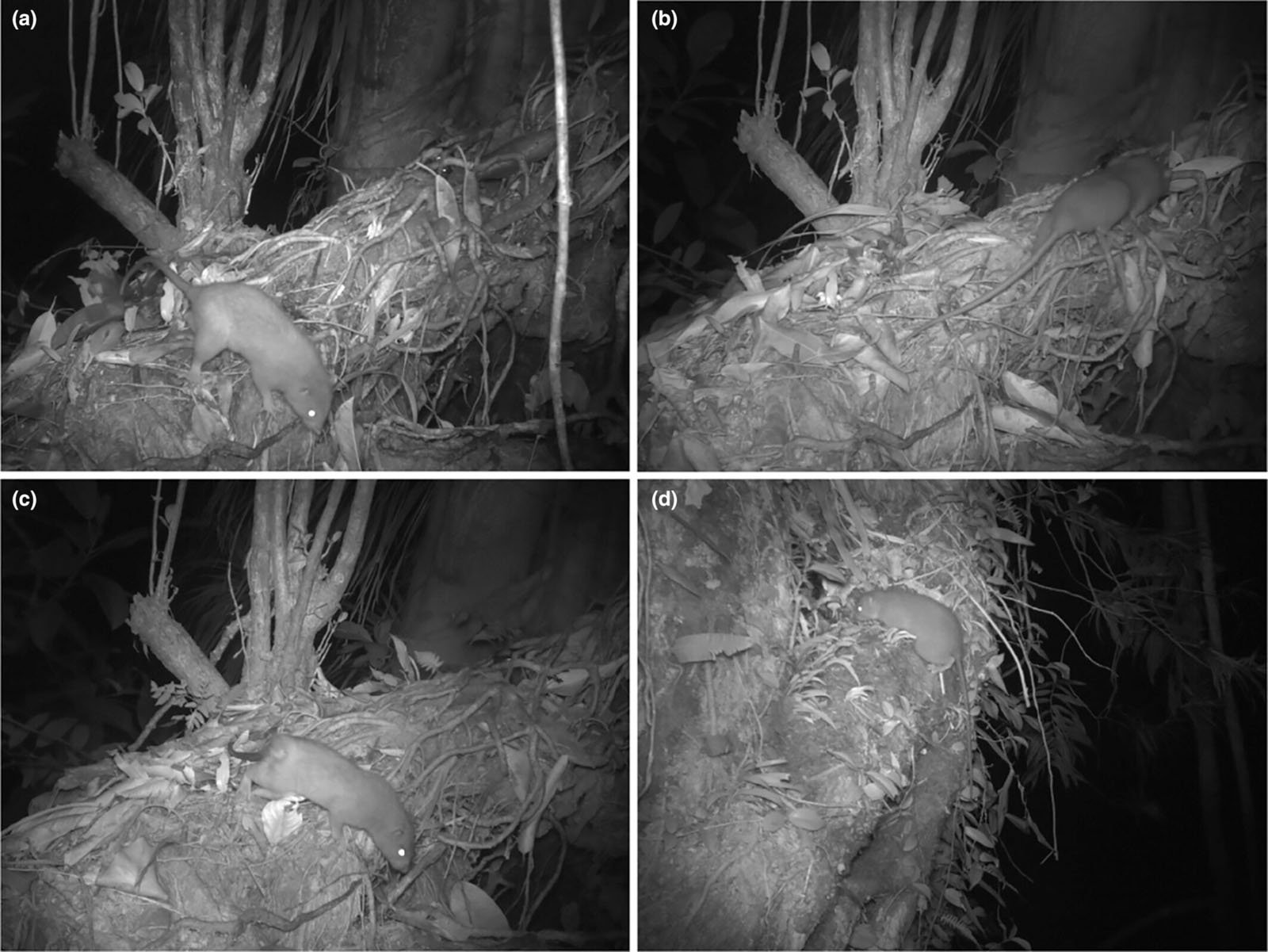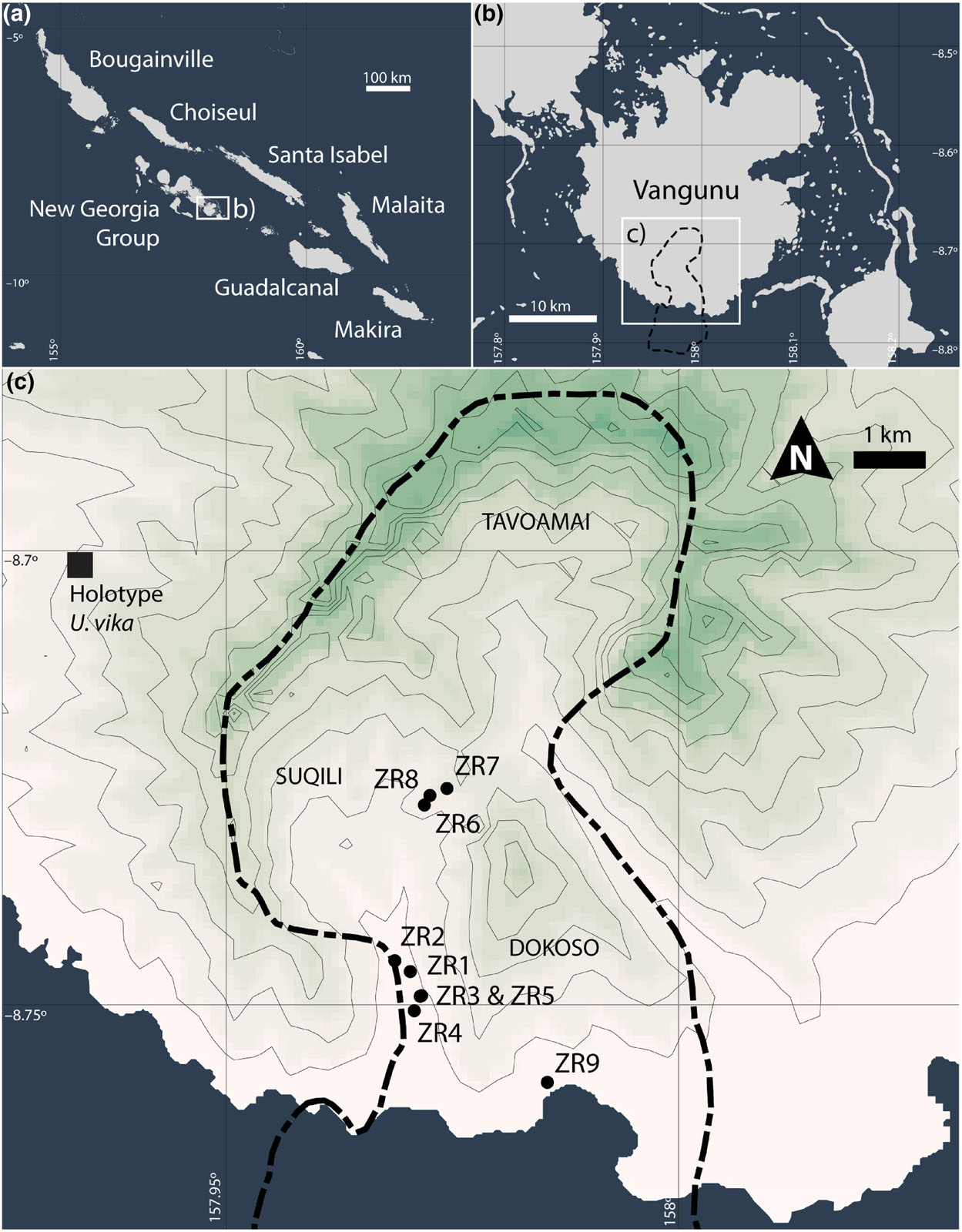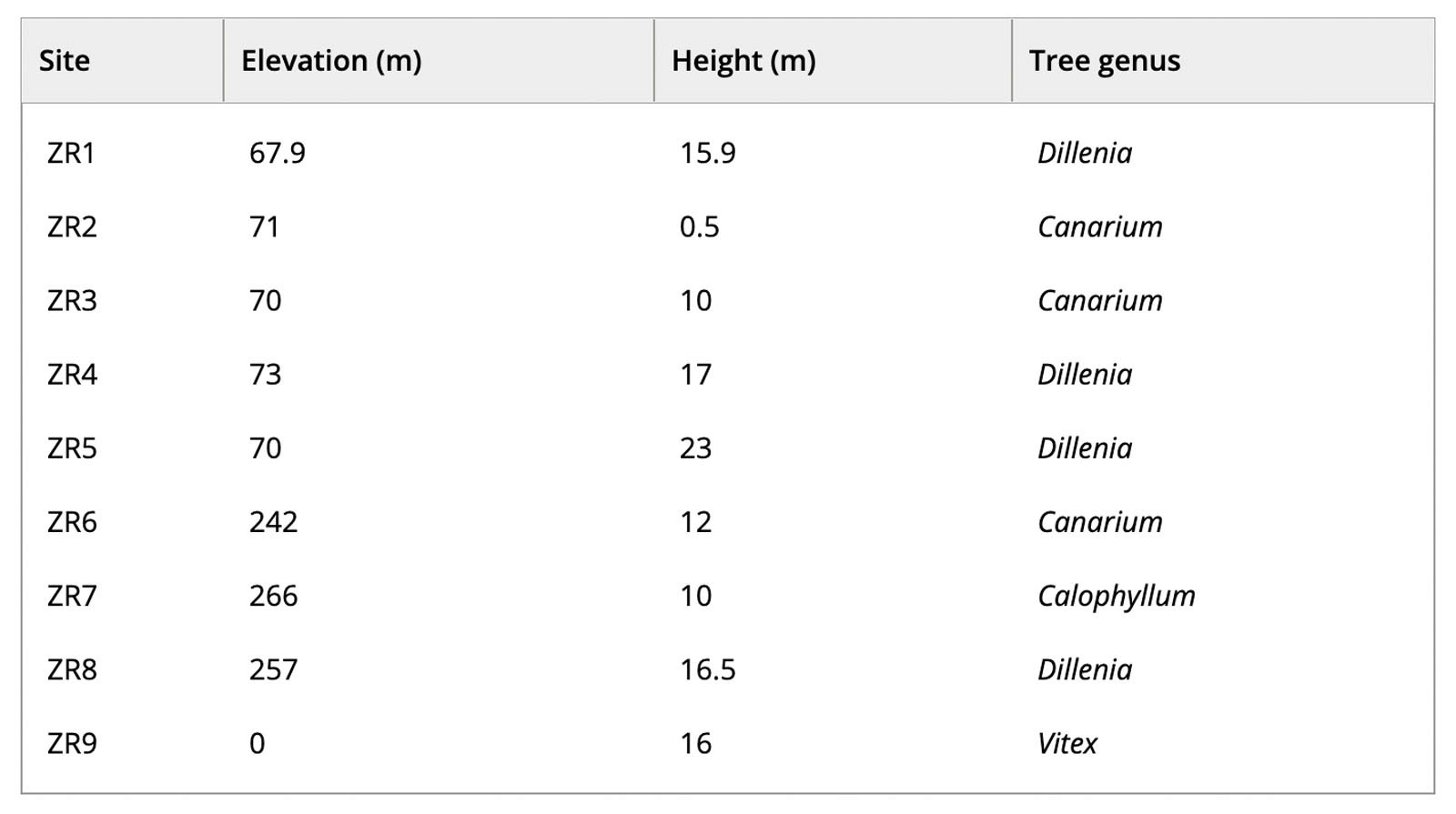Researchers Capture First Photos of the Endangered Vangunu Giant Rat

A team comprised of Zaira Rangers, a mammologist from the University of Melbourne, and a professor from Solomon Islands National University have taken the only photos ever of the exceptionally rare Vangunu giant rat.
As seen on Phys.org, a new research paper published in Ecology and Evolution, describes how scientists used nine camera traps, including eight placed in arboreal positions 10 to 20 meters above the ground, and surveyed animals for nearly a year within the Zaira Conservation Management Area. The camera positions were selected by members of the study team from Zaira Village using their expert local knowledge and experience with the Vangunu giant rat, or Uromys vika.
The forest is located on Vangunu, an island within the Solomon Islands. The Pacific Island nation comprises six large islands and over 900 small islands.
The team successfully captured 95 images of what appears to be four distinct individuals. The fact that the team surveilled only four different giant rats over nearly a year of taking photos at nine sites underlies the Vangunu giant rat’s scarcity.

For decades, mammologists have been aware of the species, although until the newest research, recording photos of it proved impossible. Intensive surveys from 2010 to 2015, which also used camera traps and active searches, failed to confirm the large rodent’s existence.
Ironically, one of the significant contributing factors to the decline of the elusive species also helped confirm its existence. In 2015, a commercial logging operation felled a large tree, which killed a Vangunu giant rat, enabling its partial remains to be studied. It was described as a new species, Uromys vika, the first new species of murid described from the Solomon Islands in more than 80 years.
Evidence suggests that the animals can only survive in lowland forests that have been almost entirely destroyed due to commercial logging. The area where the only known specimen has been located — at least before the new study — has now been wholly logged, rendering it uninhabitable. Scientists hypothesized that the Zaira Conservation Management Area is the last remaining habitat for the Vangunu giant rat, which is why it was selected as the research site.

“Our results reported here represent the only known records of U. vika other than the holotype. Confirmation that U. vika remains extant on Vangunu Island, in the last existing major tract of primary forest, is thus extremely positive news for this poorly known species. The result that our camera traps recorded up to four individuals also is encouraging,” explains the research paper.
Unfortunately, the team also located the rat in tree species belonging to the genera Calophyllum and Dillenia, the latter of which are preferentially targeted by logging operations. Companies can log this tree at elevations below 400 meters, and U. vika has only ever been found at elevations below approxiately 250 meters.
The residents of Zaira Village have spent the last 16 years fighting to protect the Dokoso, Tavoamai, and Squili tribal areas from logging operations, and many attempts have been made to get the lands protected under the Solomon Islands Protected Areas Act 2010. However, in November 2022, the Solomon Islands Government permitted commercial logging of Dokoso customary land. This decision is currently under appeal, and the result will have massive implications not only for the people of the area but also the Vangunu giant rat, which scientists believe will go extinct if the government does not reverse its decision.
The Solomon Islands is a signatory of a United Nations’ 1993 Convention on Biological Diversity, which obligates the government to do everything it can to prevent the extinction of known threatened species. The novel images of the Vangunu giant rat prove its existence and may prove essential to forcing the government to protect the forest.
Image credits: Vangunu giant rat (Uromys vika) survives in the Zaira Community Resource Management Area, Solomon Islands,” by Tyrone H. Lavery, Adrian Holland, Nixon Jino, Atuna Judge, Hikuna Judge, Pandakai Onga, Kevin Sese